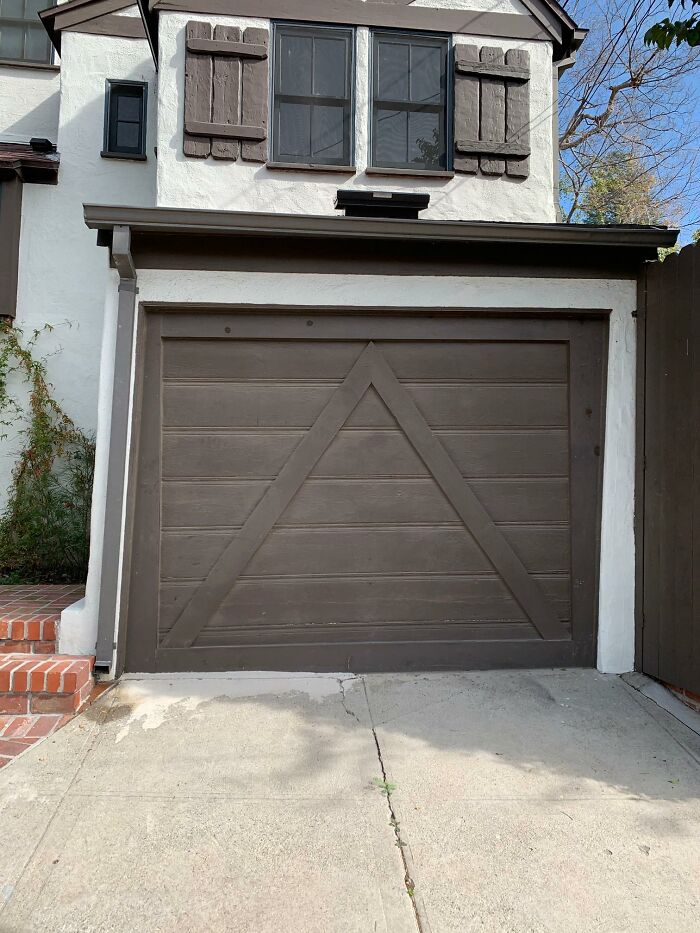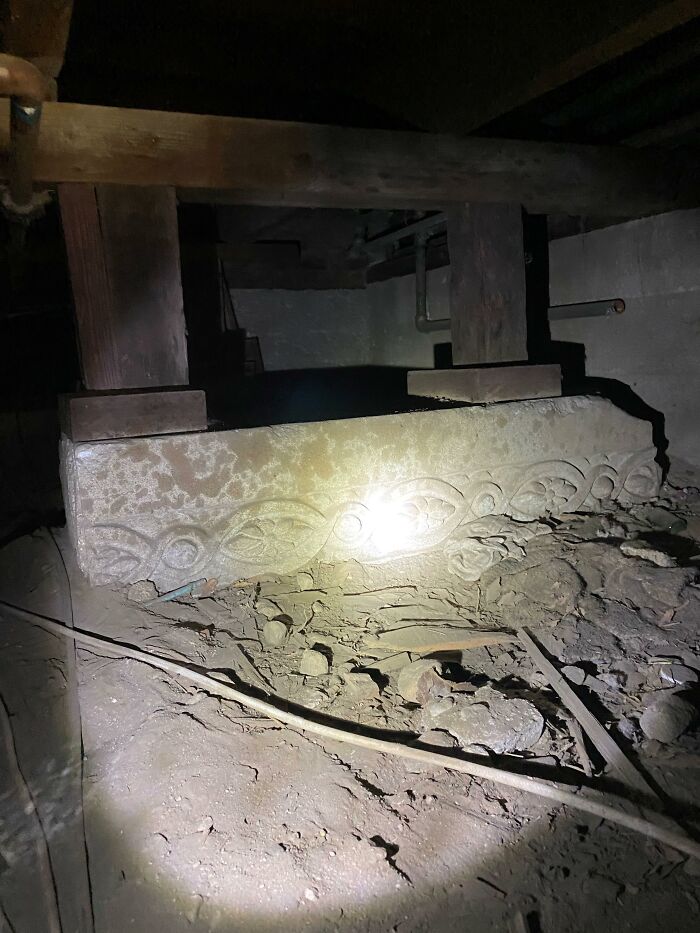
20 Dangerous And Interesting Things Spotted During Structural Inspections Shared By Alpha Structural (New Pics)
Alpha Structural, Inc. is a Los Angeles-based foundation repair contractor with over 30 years of experience in the field. The company regularly shares the most interesting and dangerous things they find while inspecting homes around LA, and you’ll be surprised what they manage to stumble upon.
From bulging retaining walls to foundations that look like they could collapse any moment, see some of the most surprising things Alpha Structural, Inc. found while on the job in the gallery below! And if you want more, check out our previous posts here and here!
More info: AlphaStructural.com | Facebook | Instagram | Twitter
#1

Image source: AlphaStructural
Here we have a brick retaining wall experiencing surcharge from the neighboring hill. Structures that are settling can cause this surcharge in the soil. This creates a high-pressure situation which then pushes out the remaining soil and results in this type of damage to retaining walls.
#2

Image source: AlphaStructural
Life always finds a way…
#3

Image source: AlphaStructural
It looks right and wrong at the same time
#4

Image source: AlphaStructural
We think this takes the cake. This is not rebar. These are old Helical Piers from the 70s. It has never been a method that we have used as a company and this is why. They are very practical in many situations, but for steep hillside and seismic zones, they are not. We’ve seen this all too many times in LA.
#5

Image source: AlphaStructural
If you’re ever concerned about your slab foundation being cracked, look out for this
#6

Image source: AlphaStructural
Being that my company in LA does this sort of repair/prevention work, this was some scary news to see this morning. Torrential rain and debris caused a large chunk of Highway 1 on the West Coast of California to wash away.
You’re going to need yourself a Yoshi if you’re wanting to cross here. Back in 2017, a massive landslide covered up over a half mile of the road. It took months to clean up and there was no access around it. If it continues to rain, I wouldn’t be surprised if more of this happened in and around Southern California.
#7

Image source: AlphaStructural
This concrete patio is sitting on a retaining wall that has been pushed outward due to what is known as a surcharge, or hydrostatic pressure build-up. Hollow areas formed under the patio, causing the cracking and further sinking of the patio from the roof load above
#8

Image source: AlphaStructural
I guess the original builder of this property chose the ancient Roman vibe for this foundation.
#9

Image source: AlphaStructural
This doesn’t happen with just a gust of wind… though that might be all it would take to bring it down
#10

Image source: AlphaStructural
The side of this property is sinking, causing this column to lean backward, bringing the connecting beam forward in the other direction. It could slip in the future if it goes unhandled.
#11

Image source: AlphaStructural
Please watch your step!
#12

Image source: AlphaStructural
This isn’t what you want to see greeting you as you enter the crawlspace.
#13

Image source: AlphaStructural
Notice the compression of the posts into the girder. They go into the girder about an inch. This property has some crazy settlement and moisture problems
#14

Image source: AlphaStructural
I’m not sure what his bottom jaw is doing near his rear end, but always a “fun” find.
#15

Image source: AlphaStructural
Step on this deck at your own peril…
#16

Image source: AlphaStructural
When your friends help support you but they slowly leave you over time.
#17

Image source: AlphaStructural
This deck system uses an angled beam that attaches to the concrete patio below for support. The very edge of the deck is beginning to dip down, causing a lot of tension where the beam meets the patio. If you look closely, you can see the concrete lifting with the beam. No partying on this deck for a while!
#18

Image source: AlphaStructural
We’re earthquake retrofitting this building and discovered a few columns that were completely corroded at the bottom. Scary…
#19

Image source: AlphaStructural
Part of your retaining wall/house seems to be missing, sir
#20

Image source: AlphaStructural
Our firm was brought into this project to lower the basement down two feet and to add additional supports for framing and brand new concrete foundation walls. The structure had some bad rot as well. The project began with a demo of all the drywall and lath to expose rotting elements of the basement area. It didn’t take long to open everything up. We exposed tons of rotting wood and plenty of termite damage, which is always a pleasant surprise. The rim joists were in very bad shape, as were the studs connecting to them. It turned out to be quite the rot repair and we had plenty of replacing to do along with the concrete foundation. After ripping open the walls and exposing everything, engineered shoring was installed to support the stories above. You may be asking, “why does the shoring go down into the ground?” Good questions. Since we are lowering the slab 2 feet, we needed to make sure the structure was supported down to that level where the new slab will be poured, at least until the concrete foundation walls were in! Demolition of the existing walls and slab came next. Additional shoring was added toward the higher elevated area to minimize any risk of buckling in the floors above. It looked wicked from an exterior viewpoint. I’ll add that these guys did such a fantastic job of staying on track and getting everything done in an efficient and safe manner. After the concrete was demolished, everything was cleaned up and concrete forming and steel reinforcement was installed in preparation of the walls to be poured. Rebar dowels were set at the bottom of the wall to make the process of connecting the slab grid much easier. Anchor bolts were suspended into the concrete forming so they would set nicely into the new foundation. These will connect the framing of the building to the new foundation walls. Once the foundation walls were cured, the shoring remained in until the additional framing was installed. The forms were stripped and everything came out perfect. No honey comb or pockets. They did such a good job. Internal footings were used to help support the newly replaced framing and beam in the center of the room. Then they added a vapor barrier and sand, and finally put in the steel grid for the concrete slab. The pour came and went and the finishers did what th Thus, the project (at least for our end of the work) was complete.ey had to do in less than two hours. It came out perfect (as it should) and the client was very happy.













Got wisdom to pour?